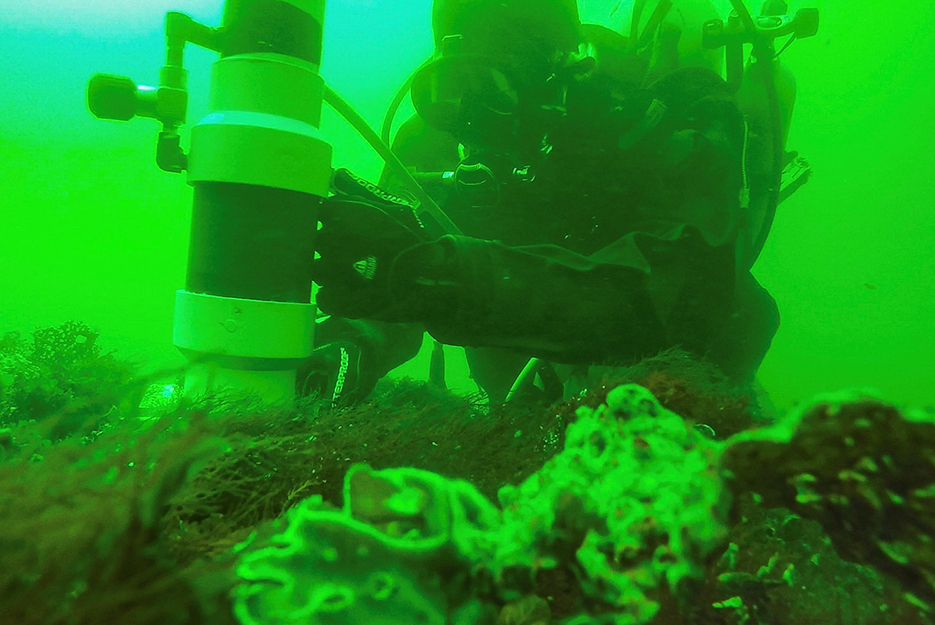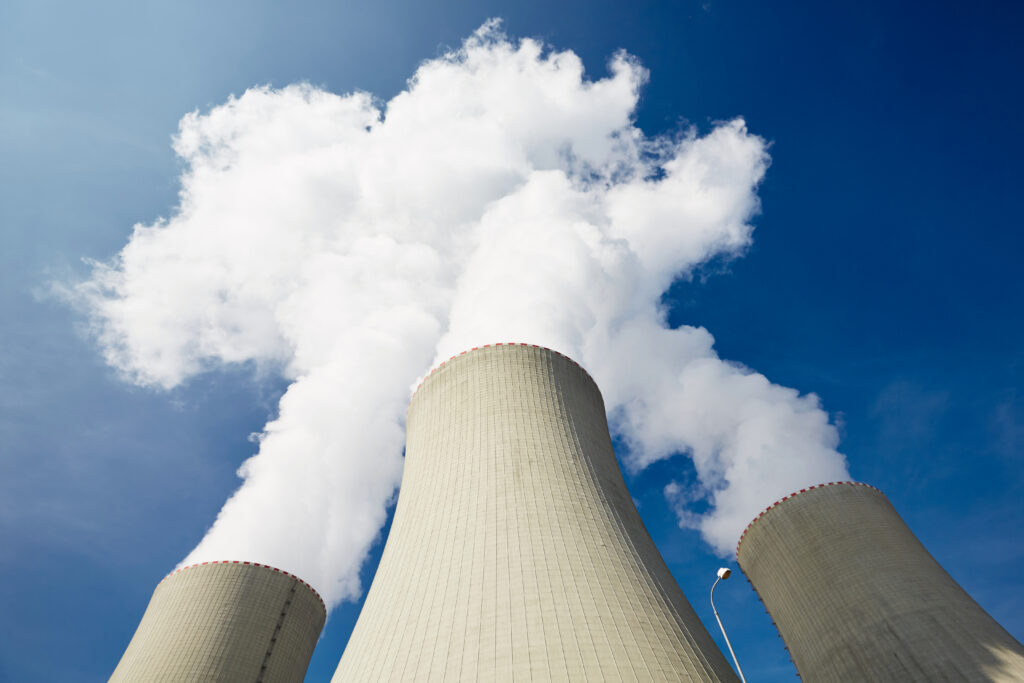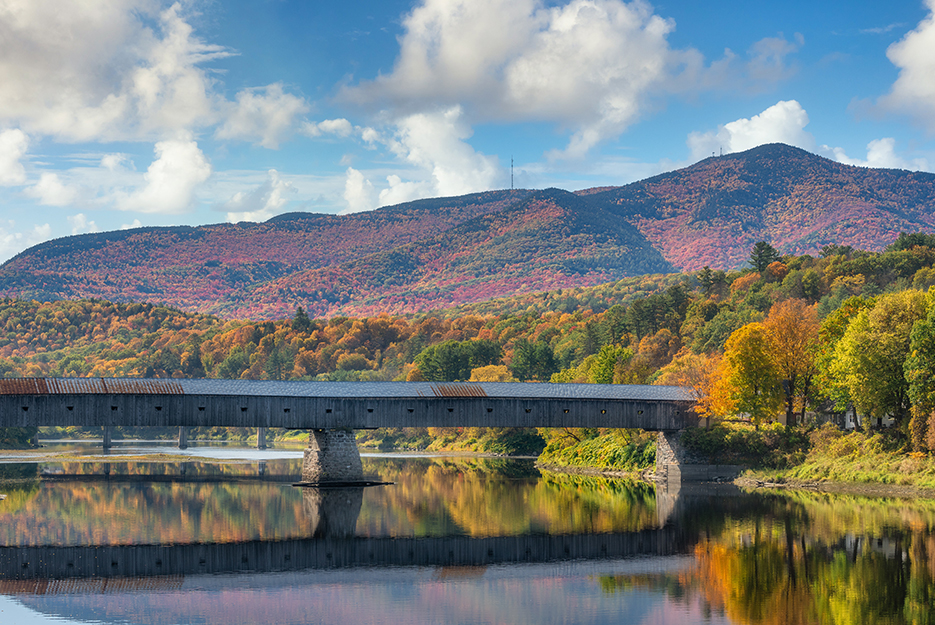Client: AKRF, Inc.
Owner: New York State Governor’s Office of Storm Recovery (GOSR)
Project Highlights: Developed study plans and conducted in-depth baseline studies along the coast of Staten Island to support an Environmental Impact Statement (EIS) for the region’s first and most dynamic resiliency improvement project.
Services Provided:
- Fish, benthos, and shellfish sampling
- Sediment sampling
- Water quality sampling
In October 2012, Superstorm Sandy devastated large portions of Staten Island’s east and south shore neighborhoods. Wave action and storm surge resulted in significant coastal erosion and destruction of shoreline habitats.
The New York State Governor’s Office of Storm Recovery (GOSR) proposed to build the Living Breakwaters project in the shallow waters of Raritan Bay, to attenuate waves along the coast of Tottenville. This system of in-water breakwaters, constructed of a concrete and recycled glass composite, is intended to reduce wave action on the shoreline while allowing colonization of endemic organisms. The breakwater will be seeded with oysters, and is expected to support a community of marine organisms that will grow and proliferate with time, resulting in a hard-bottom benthic community with important habitat value. In order to build this significant structure, GOSR needed to prepare an Environmental Impact Statement (EIS) to analyze potential impacts of this project.
Normandeau was contracted to collect ecological data in 2015 to satisfy requirements for the Breakwaters Project EIS. Normandeau conducted ecological surveys during the summer and fall of 2015 to provide the required data. Normandeau scientists prepared study plans for surveys at 270 stations that were designed to assess both the spatial distribution of biological resources within the project area, and the temporal variation in those resources during summer and fall. During those surveys, Normandeau collected and processed benthic macroinvertebrates, fish, water, sediments (for characterization of physical conditions and chemistry), and hard clams (Mercenaria mercenaria) for tissue chemistry. Sampling was conducted during three separate surveys in June, July, and September. A 0.04-m2 Young-modified Van Veen grab was used to collect sediment samples for both macrofauna and sediment characterization. Fish and epibenthic invertebrates were targeted by several different gear types. A 30-meter by 2.4-meter deep beach seine was used to collect fish at the shallowest sampling stations, commercial three-foot sea bass traps were used in mid-depth areas, and trawl nets (2-m beam trawl and otter trawl) were used at the deepest stations. After isolated areas of hard substrate were identified on the seafloor in the project area, sampling by SCUBA divers was added to the overall study plan to characterize hard-bottom benthic communities. Normandeau provided quality-checked data along with summary reports for each survey effort. Hard-bottom habitat was also surveyed using SCUBA divers. The biological samples collected during these surveys were processed in Normandeau’s laboratories.
In 2017, the Governor’s Office of Storm Recovery (GOSR), in cooperation with other involved and interested agencies, prepared the EIS. Normandeau conducted follow-up surveys during the summer and fall of 2017 in response to a request from the NMFS Habitat Division for additional pre-construction data. These surveys provided additional data to characterize existing benthic and fish communities in the project area. Using the same protocols as in 2015, Normandeau collected and processed benthic macroinvertebrates, fish, and sediment samples. Sampling occurred in June, July, and September at 270 station locations. Sampling efforts targeted soft-bottom macrofaunal invertebrates, epibenthic invertebrates, and demersal fishes. Normandeau provided quality-checked data for each survey effort.



